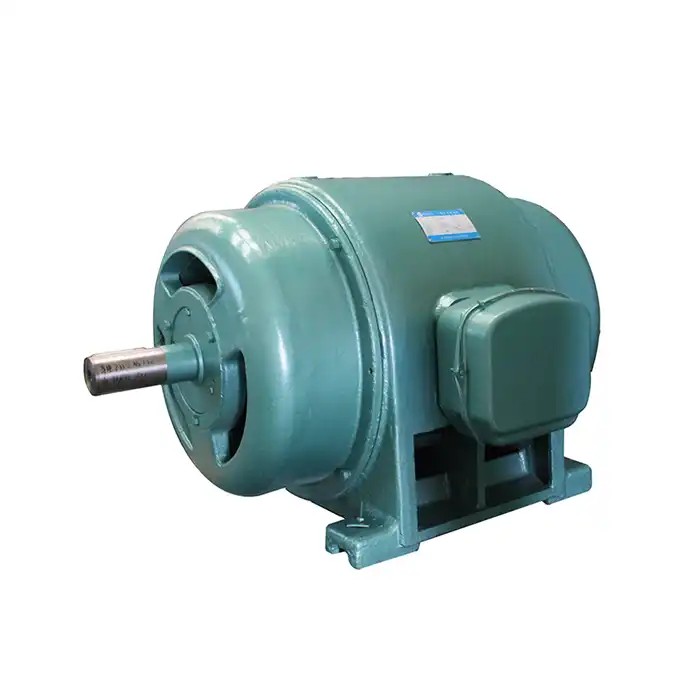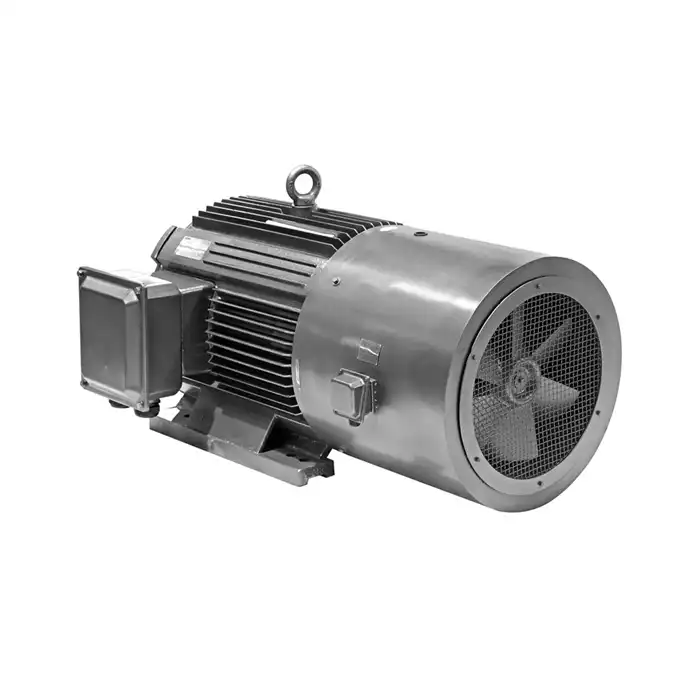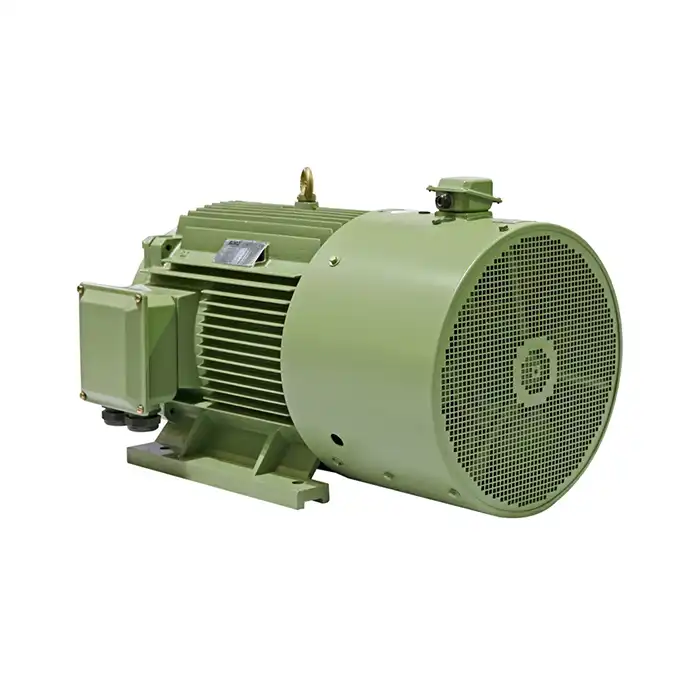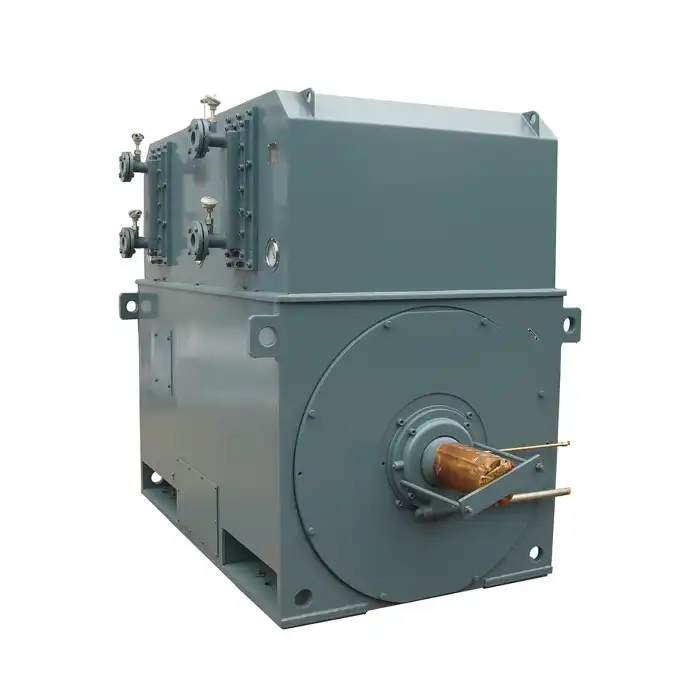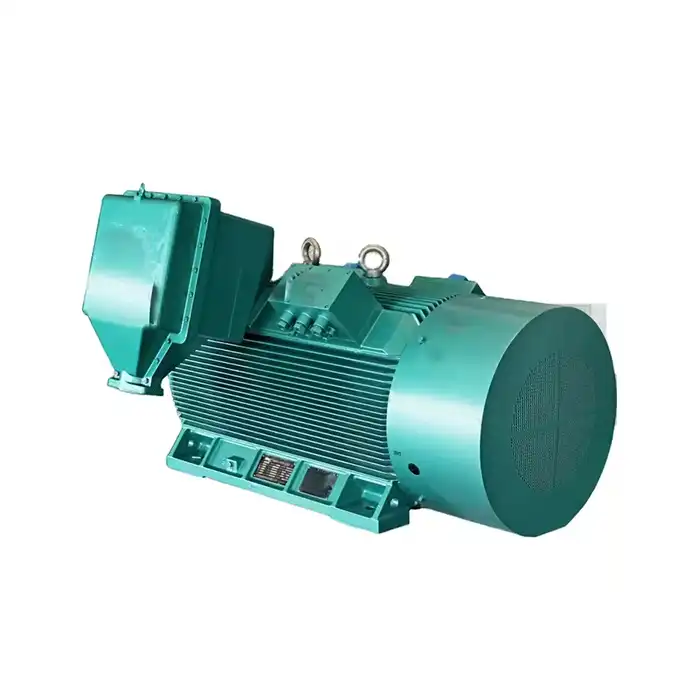Understanding IE 5 motor efficiency standards
Before diving into the verification process, it's important to grasp the basics of IE5 efficiency standards and what they mean for your operations.
What are IE5 efficiency standards?
IE5 represents the highest level of energy efficiency for electric motors, as defined by the International Electrotechnical Commission (IEC). These motors are designed to minimize energy losses and maximize performance, resulting in substantial energy savings compared to lower efficiency classes.
Benefits of IE5 motors
IE5 motors offer numerous advantages, including:
- Reduced energy consumption
- Lower operating costs
- Decreased carbon footprint
- Improved reliability and longevity
- Enhanced overall system performance
Regulatory requirements for IE5 motors
While IE 5 motors are not yet mandatory in many regions, they are becoming increasingly popular due to their superior efficiency. Some countries and industries have begun implementing regulations that encourage or require the use of high-efficiency motors like IE5.
Tools and methods for measuring motor efficiency
To verify the efficiency rating of an IE 5 motor, you'll need to employ specific tools and methods. Here's an overview of the most common approaches:
Direct measurement methods
Direct measurement involves testing the motor under controlled conditions to determine its efficiency. This typically requires specialized equipment and expertise.
Dynamometer testing
A dynamometer is used to measure the motor's output power while simultaneously monitoring input power. This method provides highly accurate results but can be costly and time-consuming.
Input-output method
This approach involves measuring the electrical input power and the mechanical output power of the motor. The ratio of output to input power determines the motor's efficiency.
Indirect measurement methods
Indirect methods are often more practical for field testing and can provide reasonably accurate results without the need for extensive equipment.
Slip method
This technique estimates motor efficiency by measuring the motor's slip (the difference between synchronous and actual speed) and comparing it to expected values for IE 5 motors.
Current signature analysis
By analyzing the motor's current waveform, technicians can estimate efficiency and identify potential issues affecting performance.
Software-based efficiency calculators
Various software tools are available that can estimate motor efficiency based on input parameters such as power rating, speed, and operating conditions. While not as accurate as direct measurements, these tools can provide useful approximations.
Interpreting efficiency test results for IE 5 motors
Once you've collected data on your IE 5 motor's performance, it's crucial to interpret the results correctly to determine if it meets the expected efficiency standards.
Understanding efficiency curves
Efficiency curves illustrate how a motor's efficiency changes under different load conditions. IE5 motors should maintain high efficiency across a wide range of loads.
Comparing results to IE5 benchmarks
Compare your motor's measured or calculated efficiency to the IE5 standards for its specific power rating and speed. IE5 motors typically achieve efficiencies of 96% or higher, depending on their size and operating conditions.
Accounting for measurement uncertainties
Consider the potential sources of error in your measurements or calculations. Small discrepancies may be due to measurement uncertainties rather than actual efficiency shortfalls.
Evaluating part-load efficiency
Many motors operate at partial loads for significant periods. Assess your IE 5 motor's efficiency at various load points to ensure it maintains high performance across its operating range.
Analyzing power factor
IE 5 motors typically have a high power factor (>0.9), which contributes to their overall efficiency. Evaluate the power factor alongside efficiency measurements for a comprehensive assessment.
Considering environmental factors
Ambient temperature, humidity, and other environmental conditions can impact motor efficiency. Take these factors into account when interpreting your results.
Reviewing long-term performance data
If possible, collect efficiency data over an extended period to assess the motor's consistency and identify any potential degradation in performance.
Consulting with experts
If you're unsure about interpreting your results, consider consulting with motor efficiency experts or the manufacturer for guidance.
Call to Action
Are you prepared to enjoy the advantages of highly efficient motors? When it comes to efficiency, dependability, and performance, XCMOTOR's IE 5 motors are unrivalled. To guarantee peak performance, our team of specialists is here to assist you in finding the best motor for your needs and then checking its efficiency. What you get with an XCMOTOR is more than a motor; it's an investment in your company's long-term viability and efficiency.
Don't settle for less when it comes to motor efficiency. Contact XCMOTOR today at xcmotors@163.com to learn more about our IE 5 motors and how they can transform your operations. Let us help you take the first step towards significant energy savings and improved productivity.




